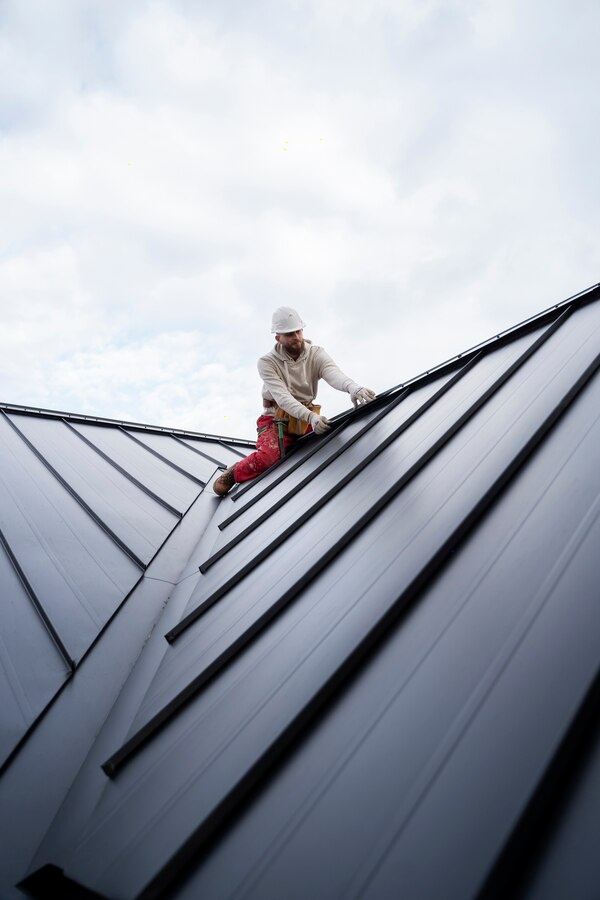Innovative Roofing Solutions for Modern Architecture
In recent years, modern architecture has seen a surge in the adoption of innovative roofing solutions that not only enhance aesthetics but also offer functional benefits. These advancements are driven by the need for sustainable development, energy efficiency, and the desire to blend seamlessly with the natural environment.
One of the primary trends in contemporary roofing solutions is the use of green roofs. Green roofs, or living roofs, are covered with vegetation and soil, providing numerous environmental benefits. They help in reducing urban heat islands, managing stormwater, improving air quality, and promoting biodiversity. Additionally, green roofs offer excellent insulation properties, leading to significant energy savings for heating and cooling.
Another groundbreaking innovation is the integration of solar roofing. Solar shingles and photovoltaic panels have become more efficient and aesthetically pleasing, making them a popular choice for modern homes and commercial buildings. Solar roofing solutions convert sunlight into electricity, which can be used to power the building or even be sold back to the grid. This not only reduces energy costs but also contributes to a reduction in carbon footprint, aligning with global sustainability goals.

Metal roofing has also gained popularity due to its durability, recyclability, and modern appeal. Available in various finishes and colors, metal roofs are resistant to extreme weather conditions, pests, and fire. Advances in coating technologies have further improved their longevity and energy efficiency, making them an attractive option for contemporary architecture.
Cool roofs are another innovative approach designed to reflect more sunlight and absorb less heat compared to standard roofing materials. These roofs typically use reflective paint, sheet coverings, or highly reflective tiles and shingles. Cool roofs lower building temperatures, reduce air conditioning needs, and subsequently lower greenhouse gas emissions. They are particularly beneficial in urban areas, where heat islands are a significant concern.
The advent of smart roofing technology is revolutionizing how we manage and maintain our roofs. Integrating sensors and smart materials into roofing systems allows for real-time monitoring of structural integrity, moisture levels, and energy performance. These smart systems can alert property owners to potential issues before they become serious problems, thereby reducing maintenance costs and extending the lifespan of the roof.
Incorporating sustainable materials is another key aspect of modern roofing innovations. Materials such as recycled metal, reclaimed wood, and sustainably sourced tiles reduce environmental impact without compromising on quality or aesthetics. These materials often come with the added benefits of being more durable and requiring less maintenance over time.
Lastly, architectural trends in roofing are increasingly embracing seamless integration with the overall building design. Roofs are no longer seen as merely protective coverings but as essential elements that contribute to the visual harmony and functionality of the structure. Customized shapes, innovative materials, and advanced construction techniques allow architects to create unique, dynamic forms that enhance the architectural narrative of modern buildings.
In conclusion, innovative roofing solutions are pivotal in shaping the future of modern architecture. They offer a harmonious blend of aesthetic appeal, functional benefits, and environmental sustainability. As technology continues to advance, we can expect further breakthroughs in roofing solutions, driving the evolution of smart, energy-efficient, and sustainable architectural designs.